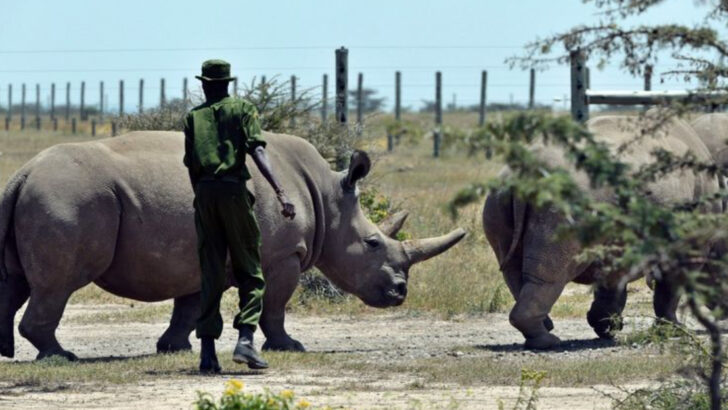We are down to two—and they’re both girls. That’s all that’s left of the northern white rhino: Najin and Fatu, a mother and daughter duo living under armed guard in Kenya. No males. No natural future. This isn’t a story from a dystopian novel—it’s reality, unfolding right now. They used to roam across central Africa in proud herds. Now they live behind fences, watched 24/7, their every heartbeat a miracle of survival. Poaching, greed, and years of indifference brought them to the brink. One last step, and they’re gone forever. But not everyone has given up. Scientists are racing to rewrite the ending. Frozen sperm. Lab-created embryos. Surrogate rhinos. It’s a moonshot for a species—but it might just work. Because if we lose them, we don’t just lose an animal. We lose a piece of our wild world. And that’s something we can’t afford to let slip away.
Najin – Matriarch of Survival
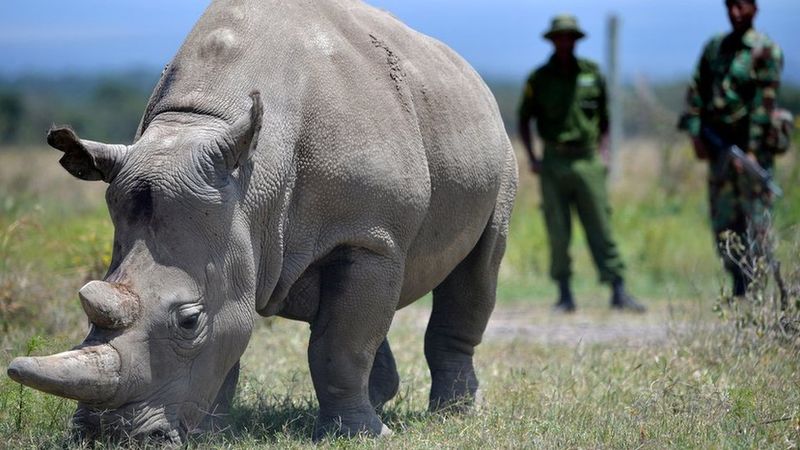
With wisdom etched into her gentle eyes, Najin, at 35, stands as a testament to resilience. As the matriarch of the remaining northern white rhinos, she carries the weight of history on her hefty shoulders. Najin delights in the Kenyan sun, grazing peacefully, yet her presence is a poignant reminder of what has been lost. Her role extends beyond survival; she symbolizes hope and a connection to the past. Amidst the golden grasses, she lives under constant protection, embodying the legacy of her kind. Did you know? Eventually Najin was one of the last rhinos born in the wild.
Fatu – The Young Hope
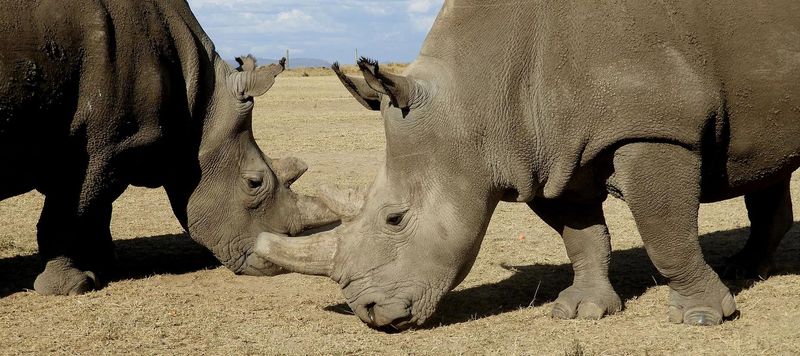
Fatu, the spirited 24-year-old daughter of Najin, holds the future of her species in her hooves. Her name means ‘luck’ in Swahili, and her existence is a beacon of hope amidst adversity. With a lively step, Fatu navigates the savannah, embodying the potential for recovery. Her days are filled with the natural rhythms of a rhino’s life, yet every moment is significant. Surrounded by vigilant caretakers, she’s the focus of scientific efforts to revive her kind. While natural breeding is impossible, her genetic material remains crucial for future generations.
Sudan – The Last Male
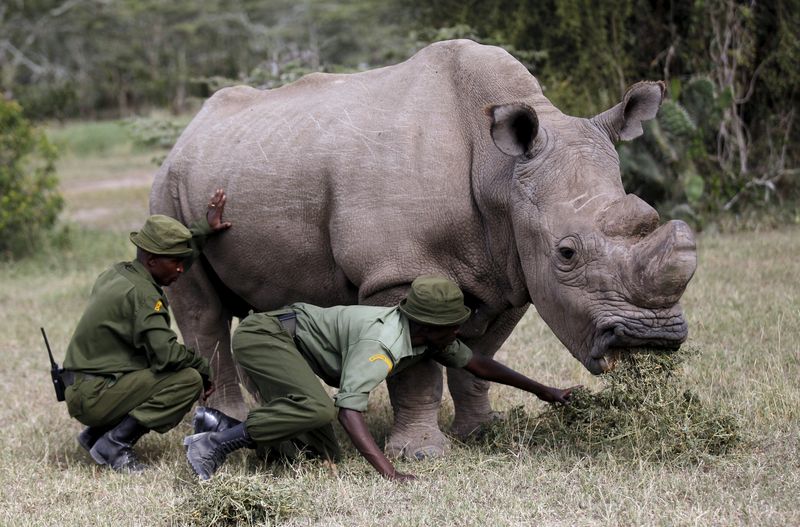
Once a grand and powerful presence, Sudan was the last male northern white rhino. Until his death in 2018, he was both a guardian and a symbol of a dying lineage. His life was marked by a unique blend of solitude and global attention. As the world watched, Sudan’s story highlighted the dire consequences of poaching and habitat loss. His passing marked a somber chapter in conservation history. Yet, his legacy endures, providing invaluable genetic material collected to aid in future reproductive efforts. Sudan’s life reminds us of the delicate balance of nature.
Conservation Efforts at Ol Pejeta

Ol Pejeta Conservancy serves as a bastion of hope for the survival of the northern white rhinos. Generally this sanctuary provides a safe haven where these magnificent creatures can roam under vigilant protection. Rangers at Ol Pejeta are dedicated to ensuring the safety and well-being of Najin and Fatu, employing cutting-edge technology and traditional methods. The conservancy stands as a model for wildlife conservation, showing that with commitment, endangered species can be given a fighting chance. Visitors to Ol Pejeta witness the convergence of nature and technology in the quest to save a species.
Scientific Breakthroughs and IVF
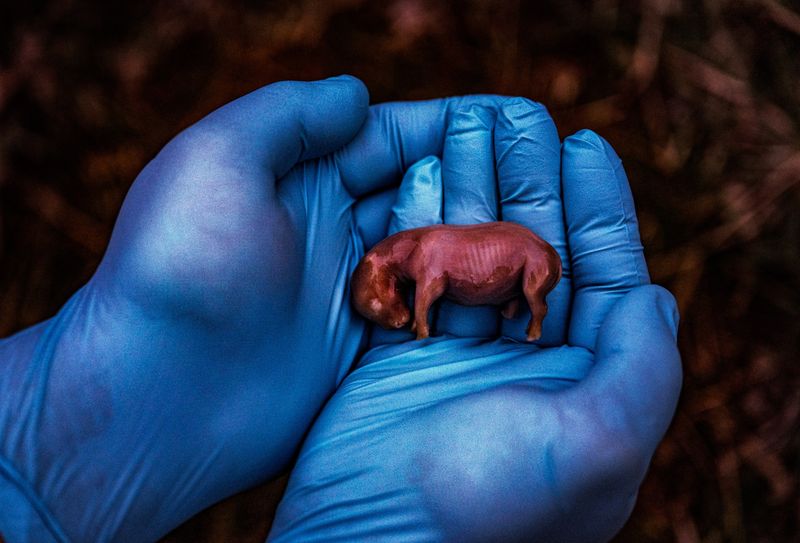
In the realm of science, efforts to save the northern white rhino are gaining momentum. Techniques like in-vitro fertilization (IVF) are at the forefront, offering a glimmer of hope. Scientists meticulously combine Fatu’s eggs with stored sperm from deceased males, creating viable embryos. These embryos are then intended for implantation in southern white rhino surrogates, a groundbreaking approach replete with challenges and opportunities. Each step forward is a testament to human ingenuity and dedication. The scientific community remains undeterred, driven by the possibility of reintroducing these majestic creatures to the wild.

